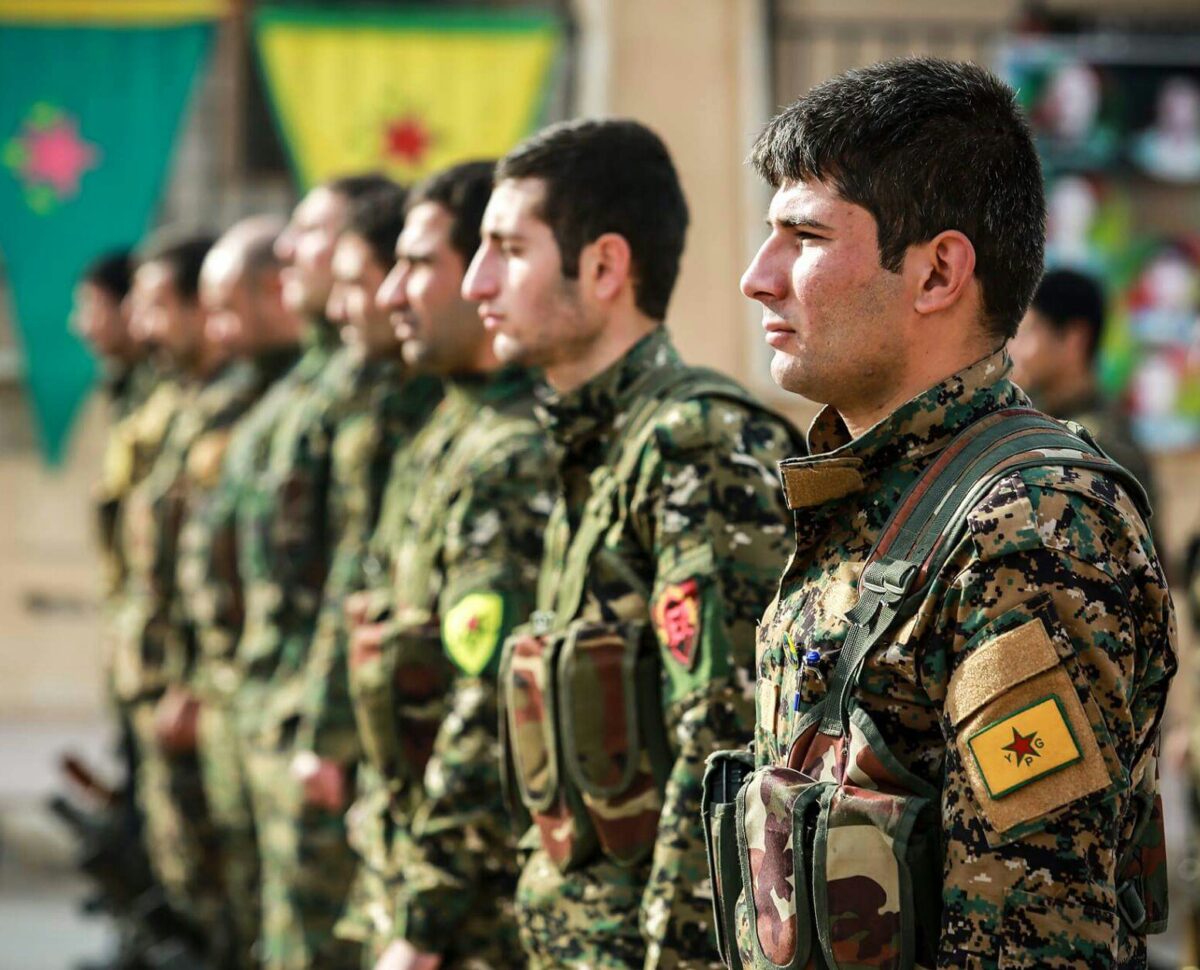
Mabel González Bustelo
“New frontiers of mediation offer fruitful instruments for achieving and sustaining peace in conflicts with violent actors that have historically been excluded from mediated engagement.”
International third-party mediation is a well-established instrument of conflict management and resolution. Mediation is a form of assisted negotiation whereby a third party assists two or more parties to a violent conflict to manage or resolve it through agreements acceptable to all. These agreements can be partial -like a ceasefire, or comprehensive -with multiple provisions aimed to put an end to the armed conflict. In 2022 there were 39 peace processes in the world, ninety percent of which involved at least one third party facilitator or mediator. Since the 1990s and especially the 2000s, mediation capabilities have increased within states, IGOs and NGOs, and there has been a breadth of conceptual, institutional, and normative developments in the field.
This blog argues for greater engagement with the diversity of violent actors, using the tools and the experience of international third-party mediation. Two types of actors have tended -for different reasons- to be outside the reach of international mediation: organised criminal groups and Salafi Jihadist groups. In this blog post I argue that the Sustaining Peace Agenda can be strengthened by applying the tools of international mediation to include engagement with these groups by breaking the siloes between practitioner and research communities that impede progress towards achieving sustainable peace. These new frontiers of mediation also offer an opportunity to combine global theories of conflict (and peace) with case sensitivity.
Organized criminal groups
Organized criminal groups have the potential to act violently in levels surpassing those of wars (such as in Mexico, or areas in Colombia). As the literature on rebel governance and criminal governance tell us, those groups can control territories and provide services and security to communities. Heavy handed security policies have not reduced their power, brutality, or recruitment capacity.
Traditionally, these groups have been excluded from mediation or negotiation due to their criminal nature, legal limitations and the conviction that a negotiation approach is a dead end. But my research and other recent studies show that negotiations with these groups do happen, although covered by a huge degree of secrecy and are hardly subject to any scrutiny. An interesting example is El Salvador, where a truce between the violent gangs (maras) Mara Salvatrucha / MS 13 and Barrio 18 /MS 18, and with the State, was mediated by insider mediators with support from international actors with the aim to reduce violence, and which led to the establishment of violence-free municipalities.
The most unique element of dialogue with criminal groups is the end game: they are not interested in becoming political actors, and they might resist leaving behind criminal activities. The most ambitious goal of dismantling these organized criminal groups might not be achievable since it would require other synchronized interventions at the social and economic levels, e.g., to provide legal economic alternatives, education, improved governance, reform for democratic and transparent armed forces, and tackle corruption, among others.
But there are options to reduce violence and the worst types of behaviour, creating spaces for community strengthening and institution building. For instance, humanitarian negotiations with organized crime groups can contain or reduce the worst manifestations of violence to open space for humanitarian action, as has happened in areas of Brazil, with the indirect effect of reducing violence for communities. In other places, such as in Haiti, community violence reduction has been the explicit end of the negotiations and engagement with violent armed groups (gangs) with an approach based on bottom-up peacebuilding. Using the tools of peace mediation would only benefit those efforts and could allow for the development of broader processes that might even include disarmament. Peace mediation can provide robust experience in conflict analysis, including integrating the interests and needs of the different groups involved; the use of methodologies and mechanisms for process design that can help processes start and advance; bring expert knowledge and lessons learned from other contexts; and strategies to deal with spoilers.
The Jihadi Groups
Half of all internal armed conflicts today are affected by the presence of Jihadi groups. Assumptions about their exceptionalism and overreliance on certain measures has been preventing constructive engagement.
Firstly, these groups are portrayed as exceptional in their ideologies with irrational and non-negotiable goals; transnational and network-based; and committing atrocities as part of their core strategies. However, research shows they cannot be treated as a cohesive and monolithic category. Apart from the obvious differences between groups like Al Qaeda and Hamas, many of the Salafi Jihadist groups seem to have local roots and are to a certain extent responsive to societal demands.
Second, these groups have been the primary targets of the “global war on terror” and an array of measures based on a securitized view, proscriptions (terror-listing) and military counter-terrorism operations has dominated international engagement with them. Some proscription regimes mean that interactions with listed groups can be interpreted as providing material support or resources.
Consequently, the overall approach to engaging with Jihadi groups has ““narrowed the possibilities for third parties to effectively understand groups, influence them, affect their strategic calculations and train them in conflict resolution”. The result is a shrinking of the space for mediation. A recent study shows that this type of conflict is likely to be under-mediated and is creating a mediation gap worldwide between existing conflicts and mediators willing to intervene for fear of being criminalized or facing legal prosecution. The possibility of constructive engagement with these groups seems more dependent on the easing of restrictions than on the specific features of the groups themselves. This means that with all the precautions and considerations normally used when looking for entry points to armed groups, discrete dialogue channels could kickstart a conversation. Local actors, possibly allied with international non-official mediators, could be the best positioned to initiate this contact.
Conclusion
Organized criminal groups and Salafi Jihadist groups share organizational features with other militant armed groups. Approaches towards those groups have predominantly focused on kinetic security and military methods and have not succeeded to eradicate them. Local populations, national governments, and international actors need to rethink current efforts aimed at containing and reducing violence by organised criminal groups and Jihadi groups.
Third party involvement -often in close cooperation with local mediators- may bring the benefits of peace mediation to these conflicts. Decades of knowledge and experience have been accumulated in peace processes worldwide and could help identify potential avenues for engagement and lessons for improved and more effective negotiations. Ad hoc mediation efforts, shrouded in secrecy, with organised criminal groups have successfully reduced violence. Similarly, the potential for mediation tools to engage positively with Jihadi groups remains unknown because restrictions within narrow global assumptions leaves them largely unexplored. The risks are high, and successful outcomes are far from guaranteed, but this type of constructive engagement with non-state armed groups has for decades proved to be a key instrument to end violent conflict. So too, do these new frontiers of mediation offer fruitful instruments for achieving and sustaining peace in conflicts with violent actors that have historically been excluded from mediated engagement.

